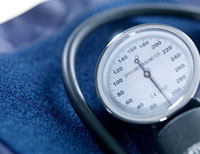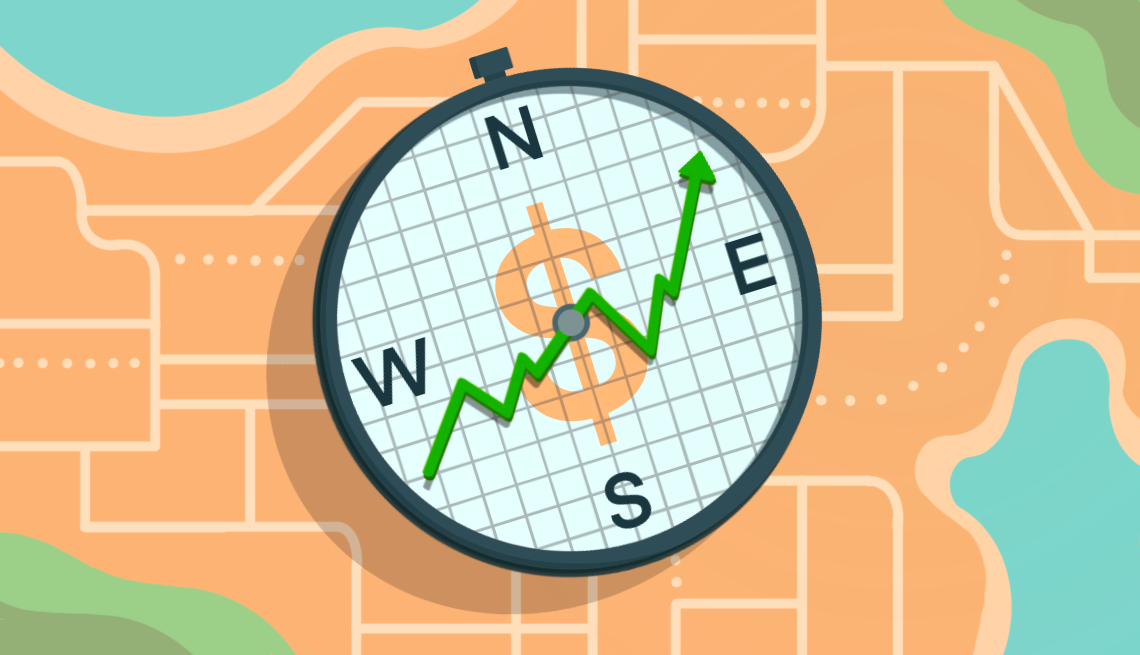Staying Fit
The blood pressure cuff tightens around your arm. As it deflates, your doctor's eyebrow lifts slightly. Then comes the bad news. Your blood pressure is elevated.
This year, millions of Americans will be diagnosed with hypertension. The older you are, the greater the likelihood that your numbers will climb into the danger zone, commonly thought to be a systolic pressure (the upper number) of 140 or higher, or a diastolic pressure (the lower number) of 90 or more.


AARP Membership— $12 for your first year when you sign up for Automatic Renewal
Get instant access to members-only products and hundreds of discounts, a free second membership, and a subscription to AARP the Magazine.
But as you age, the story those numbers tell about your health can be very different from the one they conveyed when you were a decade or two younger.
Unfortunately, "many doctors are ill-prepared to treat high blood pressure in older people," says Dr. Joseph L. Izzo, professor of medicine at the State University of New York at Buffalo and a leading expert on hypertension.


Blood Pressure at 65+
While a blood pressure reading of 120/80 is considered to be the norm for most adults, an expert panel convened by the American College of Cardiology (ACC) and the American Heart Association (AHA) recommends the following measurements for older people:
Age 65 to 79: 140/90 or less
Age 80+: 140/90 to 145/90
Some older people are being given blood pressure drugs that may be dangerous for them. Others are being undertreated — or overtreated.
"On the wrong dosages of medication, older people are at risk of fainting and falling," says Dr. Alexander G. Logan, a hypertension expert at Mount Sinai Hospital in Toronto. "And when a frail older person falls, it can be devastating."
What can you do to ensure that your blood pressure is being treated appropriately? A good place to start is by asking your doctor a direct question:
Do I really have high blood pressure?
One blood pressure reading, done in a doctor's office, isn't enough to diagnose hypertension.
"Blood pressure changes every second of the day," says Dr. Sharon Brangman, a professor of medicine at the State University of New York at Buffalo and president of the American Geriatric Society.
Most people's numbers are higher during the day and lower during sleep. Stress can boost blood pressure. So can eating a big meal.
Doctors have long been familiar with the phenomenon of "white coat hypertension" — the tendency for some people's blood pressure to shoot up when it's tested in a doctor's office. But the opposite can also happen. Blood pressure readings may be perfectly normal at the doctor's office and elevated as soon as the person gets home, a condition called "masked hypertension."
So how do you know if you really have high blood pressure?
First, make sure that the office reading is done correctly. "Readings should be taken only after you've been sitting or lying down for five or 10 minutes — not just after you've raced into the office," Brangman says.
It's also a good idea for your doctor to get a second reading after you stand up. (As you get older, the mechanism that increases blood pressure automatically when you get out of bed or a chair can become less responsive, making you prone to falls. This is a condition called orthostatic hypotension.)

































































More From AARP
How to Treat 11 Top Vision Problems
Don't ignore these signs that your eyes are changing